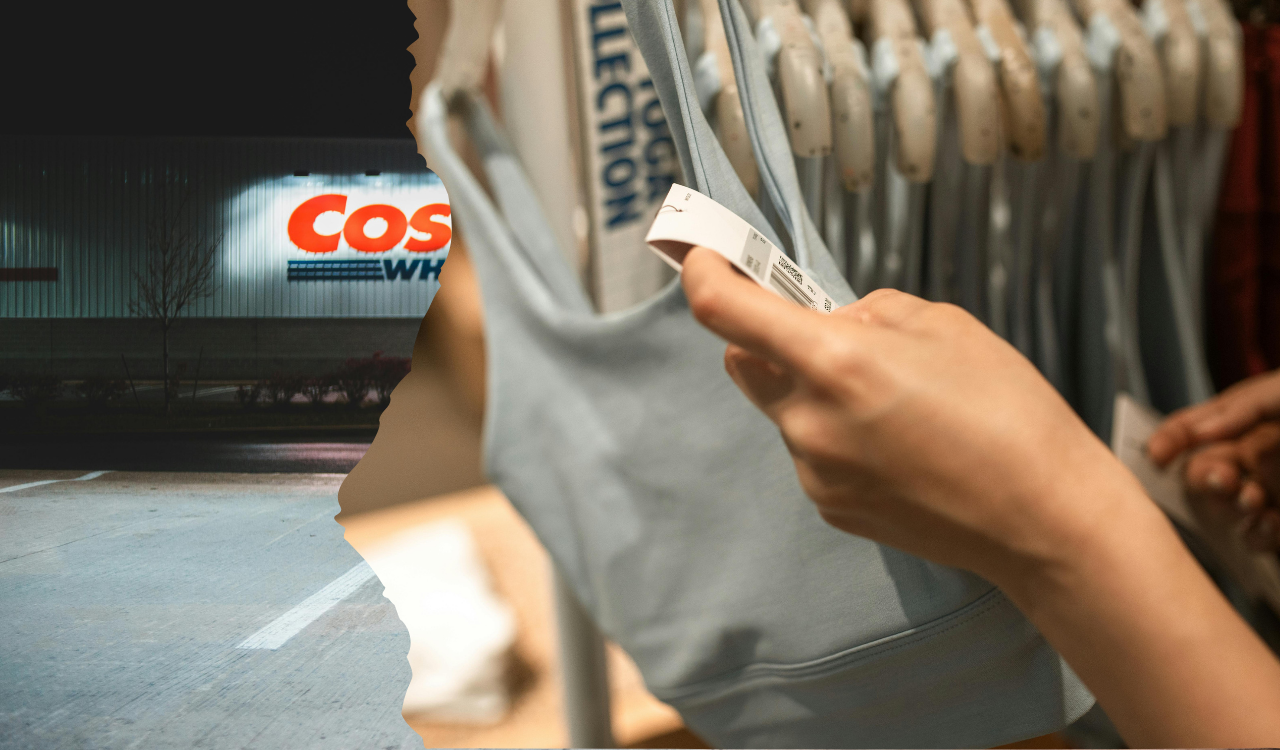Last month the broader retail world applauded two of the nation\’s largest drugstore chains when they moved women into senior management roles. The gender divide rooted in the tradition of the male pharmacist\’s early 20th century small-town location was finally overcome. Up to now, male leadership of beauty, OTC and first aid products was skewed and often curiously inept. The drugstore has made huge strides and taken major steps forward in the interest of female empowerment. One could argue that female management has more empathy and understanding of the needs and concerns of its customers — particularly worried parents who are looking for immediate solutions.
Nursing Services
Three major innovations reframe the American drugstore world with positive change. All three are in response to changes to customer behavior and needs. The first is nursing services. There is an old nursing school joke that doctors, wizards and pharmacists treat illnesses with drugs and potents; nurses and witches treat illnesses with knowledge and nature.
In our PostPan world, retail needs to take a close look at itself, including its specific customer base and localization strategy. The marriage of their physical location with their digital profile presents almost unlimited opportunities.
Nursing services require changes in the physical design of the pharmacy and the addition of a diverse staff to offer more on-floor consultation. The combination of pharmacist and nurse is a powerful one. The challenge for the drugstore industry is training the public how to use the service. A decade ago, I heard a Swiss drugstore executive describe the pharmacy waiting area as the saddest place in retail filled with worried parents and sick children. She asked the rhetorical question: how can we design it to be a happier, more nourishing place? The innovation challenge is how to design the modern drugstore to provide services and merchandise with a clear understanding of the range of its customers\’ mindsets. If telecom faces a customer segment that walks in the door angry when their digital services are threatened, the drugstore industry faces a customer segment that walks in worried.
Grocery Products
Innovation two is the addition of limited grocery. Smaller portion size was the start, understanding older Americans living either alone or with a spouse are a key drugstore customer segment. As an aside, one of my most favorite reads of the past year was a BBC online article about the 100 healthiest foods. Did you know that gram for gram almonds are the healthiest thing you can eat? While much of the piece confirmed what I knew as someone with decades of experience in the food industry, there were surprises. My point is although the drugstore is not your natural food store, the focus on health should become the core of what foods to stock and how they are merchandised. As a healthcare destination, drugstores can do a better job with nutritional education and healthy grocery and snack products, both in-store and online. It is counterintuitive to see the number of unhealthy high-calorie, packaged foods on the shelves in any national drug store chain. The innovation of stocking food and beverages should align with the key mission of the drugstore: health and wellness.
Health Insurance
Innovation three has been the cross over between the drugstore industry and the health insurance business. It makes complete sense. Covid-19 has brought into focus the major shortcomings in American healthcare. As we watch the chaos in the distribution of Covid-19 vaccines, it isn\’t hard to imagine what a national chain with a 21st century supply chain management process could do. Our healthcare and hospital systems have become dysfunctional and fragmented. Although we aren\’t looking for emergency rooms at CVS (yet), we are looking for a more seamless national management of segments of the healthcare industry. Anyone can tell you getting a flu vaccine at the drugstore is so much easier and faster than going to the doctor\’s office. The challenge for drugstore management is sorting out the services they can best deliver and how.
The Fourth Innovation
I\’d like to propose a fourth innovation. More than a decade ago Walmart applied for a banking charter. Their idea was to package banking for lower-income and small-town Americans bringing scale and a menu of services tailored for a specific customer segment. The charter was denied as the broader banking industry resented and feared the outside intrusion.
CVS and Walgreens need to revisit the idea. The target customer segment for them should be mature women trying to manage their own immediate families, in addition to the finances of their young adult children and aging parents. The drugstore bank would manage multiple accounts, adds interfaces with social security and make a seamless transition between working medical insurance and supplemental insurance for Medicare/Medicaid. It also fits in nicely with the integration of in-store and online services — and most importantly, overall home economics. From education about skincare and beauty and how to cook healthily, to how to monitor your aging mother\’s finances, the drugstore can become a customer\’s most trusted advisor. More expansively, banking services might go beyond CVS and Walgreen\’s to small business services at Home Depot and Tractor Supply.
Powered by technology, American merchants understand specific customer segments and are well-positioned physically and digitally to offer a suite of services. This is a breath of fresh air to retail. Personally, I\’d like to see America\’s existing retail banking industry get some real competition.
Retail Through the Looking Glass
In our PostPan world, retail needs to take a close look both at itself, including its specific customer base and localization strategy. The marriage of their physical location with their digital profile presents almost unlimited opportunities. The store can get smaller and more nimble. The operating culture can get more flexible and integrated. The broader organization can get flatter and more customer focused. A smaller digitally-enabled store with a suite of services and merchandise points to profits and customer loyalty.





